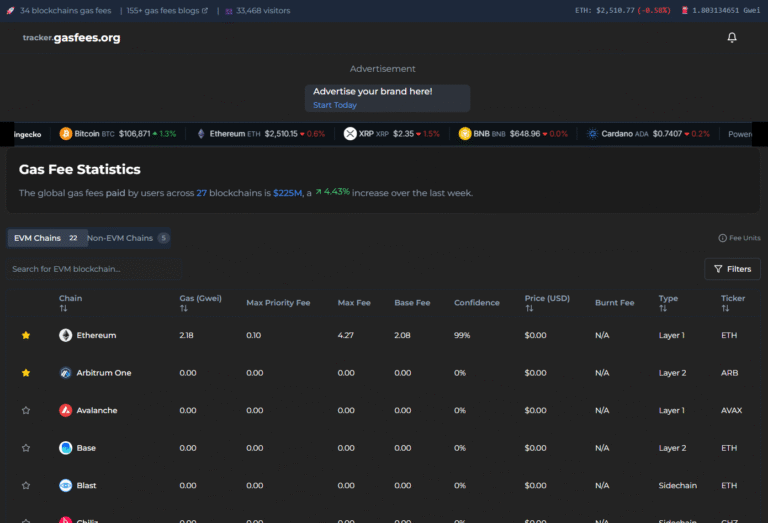
What Are Polygon Gas Fees?
What Are Polygon Gas Fees?
Understanding Polygon gas fees is crucial for those engaged in the Polygon network, a standout Layer 2 scaling solution for Ethereum. Recognized for its efficiency and speed, Polygon offers a cost-effective alternative to Ethereum’s mainnet.
Understanding the Polygon Network
Initially known as Matic Network, Polygon has significantly transformed the blockchain scalability landscape. It not only facilitates faster and more affordable transactions but also maintains stringent security standards. Therefore, the network’s capacity to efficiently handle a high volume of transactions has attracted significant attention.
Calculating Gas Fees on Polygon
Efficiently calculating gas fees on Polygon involves understanding two key factors: the gas price and the gas limit. The gas price represents the cost in MATIC for each unit of gas, while the gas limit determines the maximum gas consumption per transaction. Thanks to Polygon’s operational efficiency, users typically enjoy lower fees.
MATIC, the native token of Polygon, holds a pivotal role in the network’s operations, specifically in covering gas fees. This streamlined approach not only simplifies transactions across the network but also contributes to the increased value of MATIC within the Polygon ecosystem.
Polygon PoS Chain Gas Tracker ⛽: https://www.quicknode.com/chains/matic
Polygon vs. Ethereum Gas Fees
Comparing gas fees between Polygon and Ethereum, one notices a stark difference. Ethereum’s fees, often high and volatile, can be a hindrance to smaller transactions. Conversely, Polygon maintains a more consistent and lower fee structure, making it a more suitable choice for various blockchain-based activities.
The Impact of Lower Gas Fees
The significance of reduced gas fees extends beyond cost savings; it transforms blockchain accessibility. Polygon’s lower gas fees open doors for a wider audience to participate in activities like gaming, decentralized finance (DeFi), and non-fungible tokens (NFTs) without facing prohibitive expenses.
Moreover, Polygon offers an exceptional user experience with the combination of affordable gas fees and swift transaction processing. This makes Polygon an attractive platform, especially for newcomers to the blockchain space.
Looking ahead, Polygon’s commitment to maintaining a balance between low fees and fostering growth and innovation positions it as a pivotal player in the evolving blockchain industry, promising a bright future.
Conclusion
Polygon’s gas fees are a fundamental component of its network, offering an efficient and cost-effective alternative to Ethereum. This strategy has successfully attracted a wide and active user base, contributing to a vibrant and dynamic environment within the blockchain world.
Polygon’s commitment to maintaining affordable fees while enhancing overall network efficiency undoubtedly establishes it as a key blockchain network for the future.
Have more questions about Polygon Gas Fee FAQs: https://polygonscan.com/gastracker
More Stats on Polygon: https://dune.com/petertherock/polygon-network-overview
What is MATIC Token? https://polygon.technology/
Community Resources:
- Polygon subreddit: https://www.reddit.com/r/0xPolygon/
- Polygon Telegram group: https://t.me/polygonofficial
- Polygon Forum: https://forum.polygon.technology/
- Polygon Discord server: https://discord.com/invite/XvpHAxZ
Polygon Gas Fees FAQs
More Blogs
Comprehensive articles, guides, and tutorials on how gas fees work, why they fluctuate, and strategies to manage them effectively.





